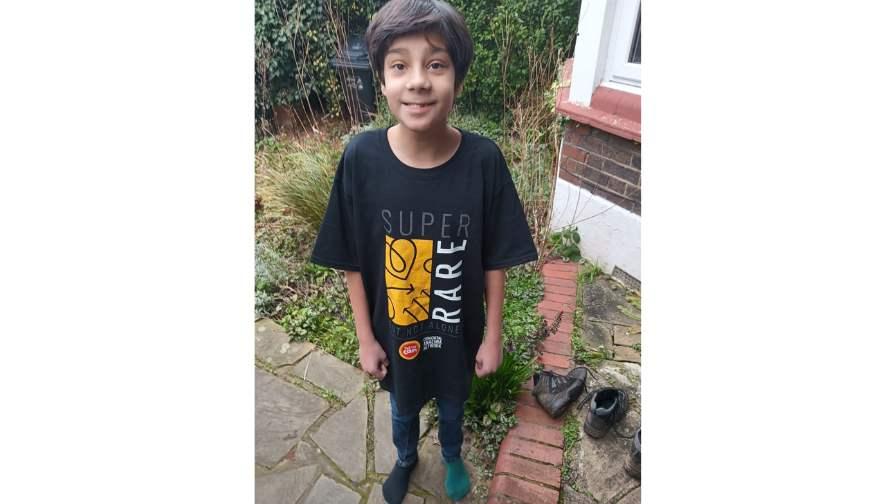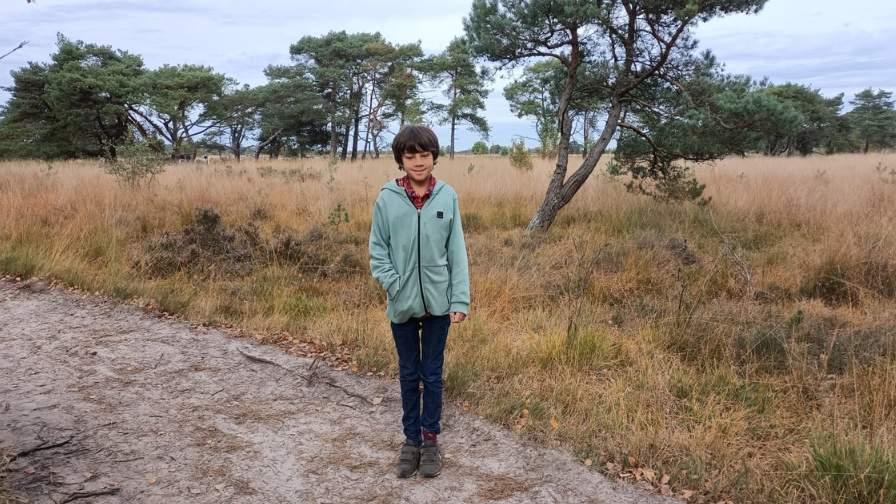Research funded by children’s charity, Action Medical Research, has resulted in greater insight into the biology of congenital dyserythropoietic anaemia type 1 (CDA-1), which could lead to improvements in the diagnosis and treatment of the condition.
Researchers at John Radcliffe Hospital, University of Oxford, identified new biomarkers, which means that children with CDA-1 can be diagnosed more quickly, reducing the reliance on invasive bone marrow tests which could lead to the development of new treatments.
The results of this research have been welcomed by Resina Chowdhury, the mother of 13-year-old old Robi, who says: “Robi was diagnosed with CDA-1 when he was just nine months old. At first, Robi had daily injections at home, but despite this he was often tired, and his growth and development were affected. Robi was so tired that he often fell asleep during the lessons. After he saw a CDA specialist, his treatment changed from injections to blood transfusions which improved his energy and his haemoglobin levels.”

CDA-1 is usually diagnosed in childhood and can seriously affect a child’s everyday life. Children born with CDA-1 experience problems with the development of red blood cells. A shortage of these important cells prevents their blood from transporting enough oxygen around their body. “A child with CDA-1 will usually have moderate to severe anaemia – with symptoms including tiredness, weakness, pale skin, shortness of breath and persistent headaches,” says Dr Babbs, Radcliffe Department of Medicine, John Radcliffe Hospital, University of Oxford. “CDA-1 also causes the child’s body to absorb too much iron, which builds up and can damage tissues and organs – leading to other complications including heart failure, diabetes and liver disease.”
Robi's mum Resina describes him as a happy boy who participates in sports and enjoys school: “In addition to CDA-1, Robi has dyspraxia and dyslexia and receives additional support with his schooling. As far as we’re aware, Robi’s dyslexia and dyspraxia are not directly linked to CDA-1, but because his blood is generally less oxygenated, this can impact a child’s general development.”

The discovery of new biomarkers means that children can be diagnosed more quickly. The researchers also gained insights on how interferon treatment works, and that lower doses could be just as effective. Dr Chris Babbs adds: “Current treatments for CDA-1 include regular blood transfusions and injections of a medicine called interferon-alpha – however, both can cause side effects. These research results will hopefully ease the burden of diagnosis by sparing a bone marrow aspirate and reduce the time taken to diagnosis and treatment. Finding the new biomarkers could open the door to identifying improved treatments that have fewer side effects and are more effective than interferon treatment.”
Resina is an advocate for the CDA-1 community and was delighted to hear about the positive results of the research: “We are absolutely delighted that the research has been able to identify biomarkers for diagnosing CDA-1, meaning that the more intrusive bone marrow biopsy may no longer be needed. This will cause less disruption in the lives of those affected by the condition and their carers. Robi was nine months old when he had the biopsy, and it was a stressful experience for us and him as he didn't understand what was happening."
The fact that this research could help lead to new and improved treatments for CDA-1 gives us a lot of hope and could have a positive impact for Robi.
Dr Caroline Johnston, Senior Research Manager at Action Medical Research, says: “These promising results will lead to improvements in the diagnosis of CDA-1 which could lead to earlier treatment, which will help children like Robi. Through funding rare disease research Action Medical Research continues to bring real hope to the thousands of forgotten families who are living with a rare condition.”
Find out more about Action Medical Research’s work in rare diseases: www.action.org.uk/rare.
